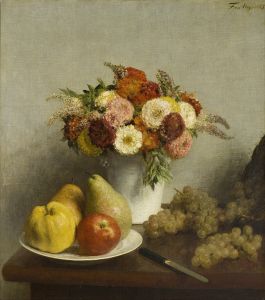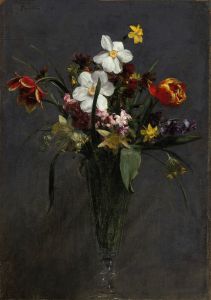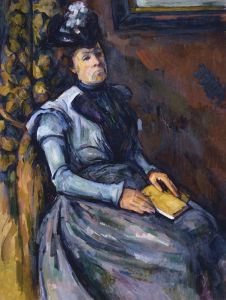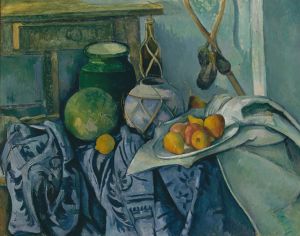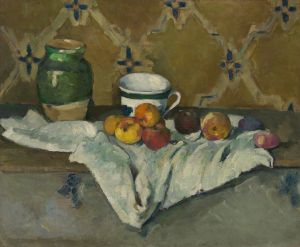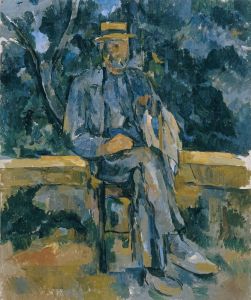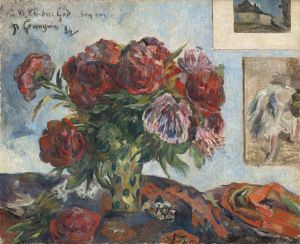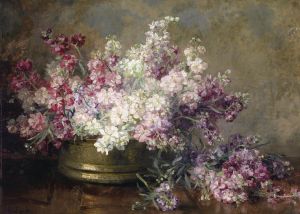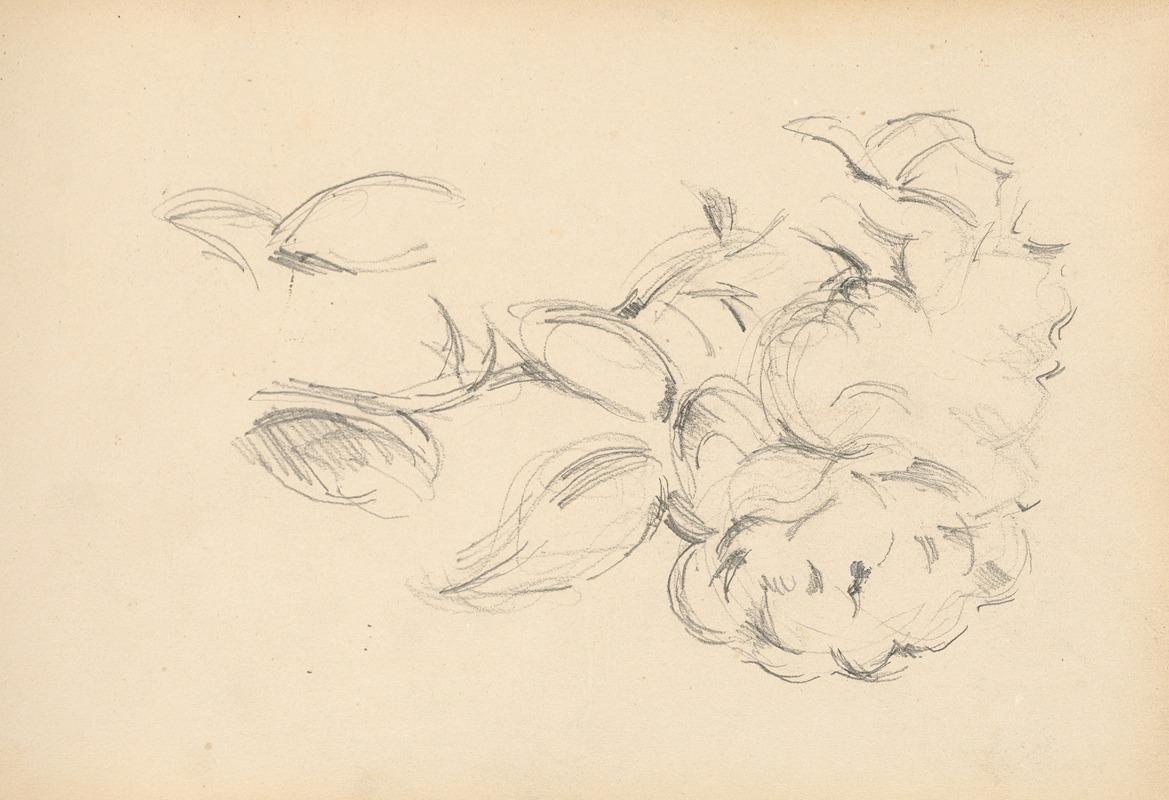
Peonies
A hand-painted replica of Paul Cézanne’s masterpiece Peonies, meticulously crafted by professional artists to capture the true essence of the original. Each piece is created with museum-quality canvas and rare mineral pigments, carefully painted by experienced artists with delicate brushstrokes and rich, layered colors to perfectly recreate the texture of the original artwork. Unlike machine-printed reproductions, this hand-painted version brings the painting to life, infused with the artist’s emotions and skill in every stroke. Whether for personal collection or home decoration, it instantly elevates the artistic atmosphere of any space.
"Peonies" is a still life painting by the renowned French artist Paul Cézanne, who is often credited with laying the groundwork for the transition from 19th-century Impressionism to 20th-century Cubism. Cézanne's work is characterized by his unique approach to form and color, and his still life paintings are particularly celebrated for their compositional complexity and depth.
The painting "Peonies" exemplifies Cézanne's mastery in capturing the subtle interplay of light and shadow, as well as his ability to convey the texture and form of the flowers with remarkable precision. Although the exact date of the painting is not definitively known, it is generally believed to have been created during the late 19th century, a period when Cézanne was deeply engaged in exploring the still life genre.
In "Peonies," Cézanne employs a rich palette of colors to bring the flowers to life. The peonies are depicted with a sense of volume and solidity, achieved through his characteristic use of short, hatched brushstrokes. This technique allows Cézanne to build up layers of color, creating a vibrant surface that captures the viewer's attention. The flowers are arranged in a vase, set against a relatively simple background that serves to highlight their lushness and beauty.
Cézanne's approach to composition in "Peonies" reflects his interest in the underlying structure of natural forms. He often sought to reduce objects to their geometric essentials, a method that would later influence the development of Cubism. In this painting, the arrangement of the peonies suggests a careful consideration of balance and harmony, with the flowers occupying the central space of the canvas, drawing the viewer's eye into the heart of the composition.
The still life genre was particularly significant for Cézanne, as it allowed him to experiment with form and perspective without the constraints of depicting human figures or landscapes. Through his still lifes, Cézanne was able to explore the relationship between objects and the space they inhabit, a theme that would become central to his artistic philosophy.
"Peonies" is a testament to Cézanne's innovative spirit and his dedication to capturing the essence of his subjects. The painting is not merely a depiction of flowers; it is an exploration of color, form, and the act of seeing itself. Cézanne's work in still life painting, including "Peonies," has had a lasting impact on the art world, influencing countless artists and movements that followed.
Today, Cézanne's "Peonies" is celebrated as an example of his groundbreaking approach to art. It continues to be studied and admired for its technical brilliance and its contribution to the evolution of modern art. As with many of Cézanne's works, "Peonies" invites viewers to look beyond the surface and consider the deeper structures that underpin the visual world.





